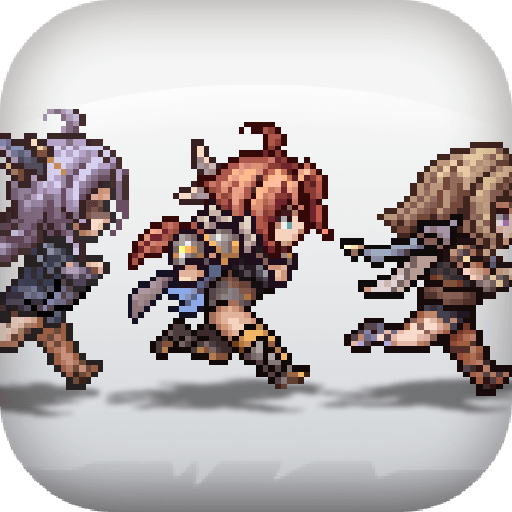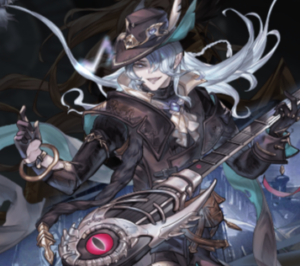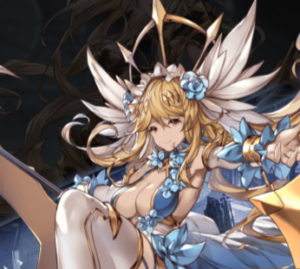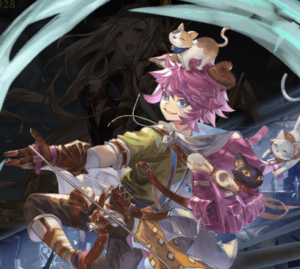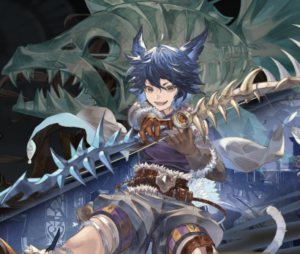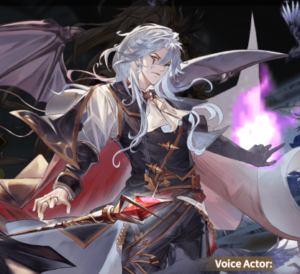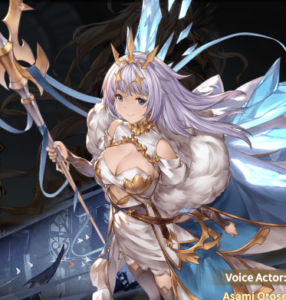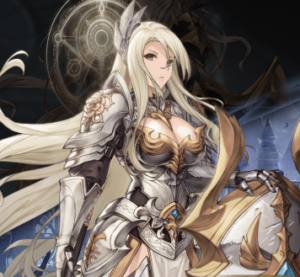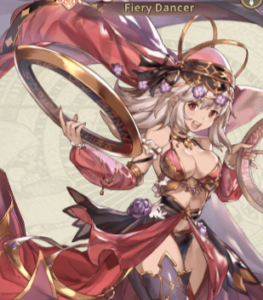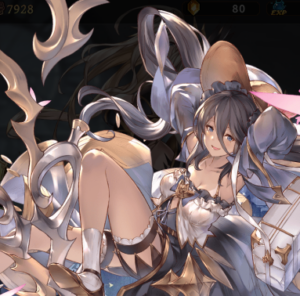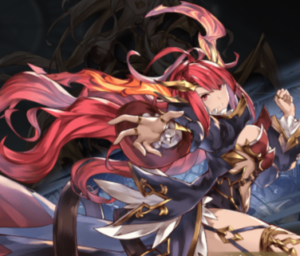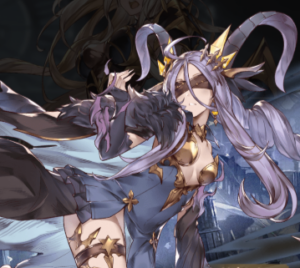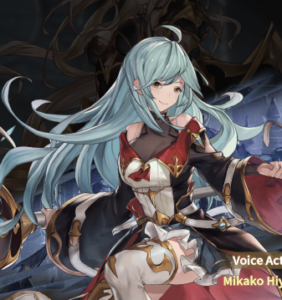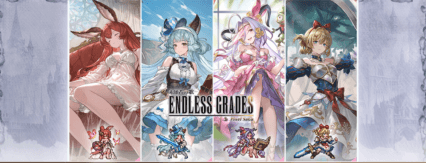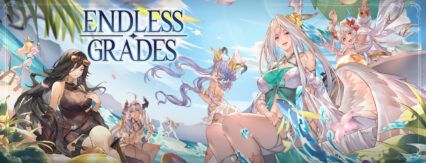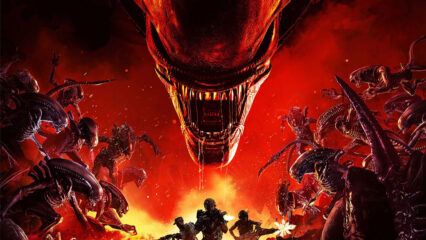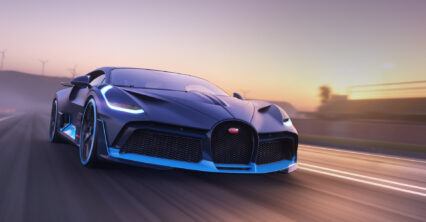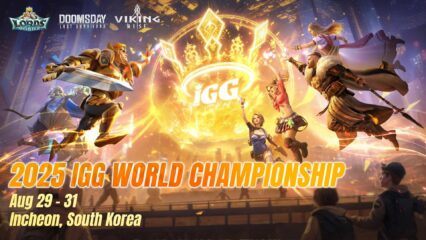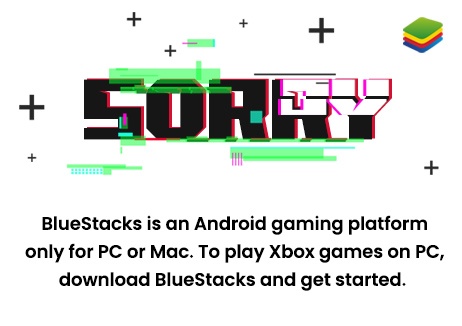Endless Grades: Pixel Saga – Tier List of the Best and Worst Characters in the Game (2025)

Endless Grades: Pixel Saga takes players into a colorful pixelated realm, emphasizing team formation, summoning allies, and engaging in (mostly) automatic RPG battles. As you summon more characters and build up your squad, the sheer number of heroes—each with different roles, rarities, and abilities—can make it hard to figure out which ones are actually worth keeping. With so many options and limited resources, knowing who deserves your investment becomes essential.
We’ve created this tier list to help you identify which characters to focus on pulling and upgrading. Whether you’re new to the game or looking to tighten up your PvP teams, understanding the current meta and how each hero ranks can save you time, diamonds, and plenty of frustration. The rankings here are based on overall performance across content, including campaign, PvP, tower challenges, and events.
The Best Endless Grades: Pixel Saga Tier List
In a game where you’re managing dozens of units with different classes—Warrior, Mage, Priest, and Assassin—it’s not always clear who truly pulls their weight. Some heroes shine in one mode but flop in others. Others might dominate early-game but fall off later. That’s where this tier list comes in. It offers a snapshot of the current power curve, showing which characters are must-haves and which ones are better left on the bench.

Below you’ll find our complete tier list for Endless Grades: Pixel Saga, separated by ranks from S to C. These rankings are based on each hero’s overall value, how well they scale, and their impact in real gameplay scenarios.
S |
Name | TYPE | RARITY | |
| Flora | Mage | SSR | ||
| Solo | Priest | SSR | ||
| Sophia | Mage | SSR | ||
| Tyr | Warrior | SSR |
A |
Name | TYPE | RARITY | |
| Disaia | Priest | SSR | ||
| Kyle | Priest | SSR | ||
| Eddy | Assassin | SSR | ||
| Dracula | Assassin | SSR |
B |
Name | TYPE | RARITY | |
| Skadi | Mage | SSR | ||
| Brienne | Warrior | SSR | ||
| Keel | Warrior | SSR | ||
| Ines | Priest | SSR |
C |
Name | TYPE | RARITY | |
| Amara | Assassin | SSR | ||
| Lina | Mage | SSR | ||
| Hoder | Mage | SSR | ||
| Anything Under SSR | N/A | N/A |
If you’ve noticed, we’ve mostly listed SSR heroes in our tier list. And while we usually don’t focus so much on rarity in our tier lists, the truth is that anything under SSR is suboptimal in Endless Grades, mainly because anything other than SSR has fewer talent passives available to them. While SSR heroes have five unlockable talents, other heroes have fewer, which automatically limits their effectiveness at just about any task.
Nevertheless, these rankings reflect the strongest and weakest units currently in Endless Grades: Pixel Saga. While you can often get great results by simply focusing on the S-tier characters, it’s crucial to understand why these heroes are strong. That knowledge will help you adjust your roster intelligently as new content is released and balance updates shift the meta.
In the following sections, we’ll walk through each tier and break down the characters listed, giving you a clearer picture of what makes them shine—or stumble.
S Tier – The Best of the Best
S-tier units in Endless Grades: Pixel Saga are your strongest options. These are the heroes who consistently outperform others across all content. They don’t just fit into teams—they define teams. Whether through high base stats, game-changing passives, or powerful crowd control, these characters can carry your progress and make harder content much more manageable.
Flora
Flora’s strength lies in her scaling damage through the Thorns debuff. Early on, this effect is tied to her skills, but as she ascends, Flora becomes a self-sufficient damage engine—able to apply Thorns with basic attacks, passives, and even when she’s attacked. Each stack increases the damage she deals by 50%, and these can stack multiple times per target. What starts as a manageable threat can quickly spiral into overwhelming damage, especially in long fights. Flora doesn’t rely on burst—she builds pressure with every turn, and once the stacks are up, few enemies can withstand her assault.

Her ability to spread Thorns passively means she scales better than almost any other unit in the game, especially in content that favors drawn-out battles. Combined with a decent survivability curve, Flora can serve as a team’s primary carry without needing excessive setup. She’s a long-term investment that pays off with unmatched consistency.
Solo
Solo isn’t just the best support in Endless Grades: Pixel Saga—he’s the reason many teams survive at all. His front-row Maim skill weakens enemy damage output significantly, stacking up to a 60% reduction at max stacks. More than that, he heals allies when dealing damage, keeping your team afloat without needing a dedicated healer. But what truly sets Solo apart is Shallow Grave. This passive buff kicks in automatically when an ally drops below 30% HP, locking them at 1 HP for two turns. It can trigger multiple times and is the difference between a win and a wipe in high-damage fights.

As Solo ascends, he gets even more ways to apply both Maim and Shallow Grave. He can apply Shallow Grave posthumously when he falls, extending his protection even after death. This makes him invaluable in PvP and any long PvE encounter where survivability determines success. No team feels complete without Solo anchoring the backline.
Sophia
Sophia is the gold standard for DPS in Endless Grades: Pixel Saga. Every part of her kit is tuned to apply pressure, inflict True damage, and keep her alive while doing it. Her active skill hits two random enemies and applies bonus True damage based on their Attack, while her basic attack layers on even more pain to the highest-HP enemy. On top of that, she finishes every turn by hitting all enemies with True damage again—this time based on her Attack. It’s relentless.

She doesn’t just deal damage, though—she warps how the enemy plays. Her ability to convert an enemy’s next skill into a basic attack limits their burst potential, and since the attack always targets your frontliner, she effectively redirects and softens incoming damage. Sophia also passively heals every turn, giving her sustain that makes her nearly impossible to dislodge. With overwhelming offense, passive utility, and built-in survivability, Sophia is the best character in the game.
Tyr
Tyr stands at the top of the Warrior class thanks to her complete toolkit—survivability, disruption, and reactive damage all packed into one. Her skill does more than just target high-damage threats by hitting the two enemies with the highest Attack—it also shields her three most vulnerable allies for 20% of her max HP, keeping them alive when it matters most. Her basic attack adds another layer of control with a chance to taunt, forcing enemies to redirect their attacks toward her for two turns. This alone makes her a reliable wall, but her true power is in how she scales.

Tyr gets stronger the more she’s hit. Every five instances of damage trigger a shield equal to 15% of her max HP and give her a permanent 15% Attack boost. These effects (especially the shield) can trigger many times in high-pressure fights, turning her into both a tank and a threat. As she ascends, she gains the ability to target multiple enemies with basic attacks, dealing True damage based on their max HP. She also gains a counterattack mechanic and the ability to shield all frontliners, reinforcing both her team’s defense and her own value. In short, Tyr isn’t just hard to kill, she actively punishes enemies for trying.
A Tier – Strong With the Right Setup
A-tier characters are just a step below the top, but they’re still very solid. Many of these heroes shine in specific modes or require synergies and upgrades to fully perform. They’re excellent additions to any lineup and often serve as vital support units or secondary carries.
Disaia
Disaia is one of the most reliable healers in the game, capable of supporting the team while applying pressure to the enemy. His primary skill damages all enemies, reduces their armor by 10% for two turns, and dispels a random buff—while simultaneously healing two allies for a burst amount, then continuing that healing for five turns. During this time, affected allies also take 10% less damage, giving them much-needed durability in longer fights.

He also passively heals the entire team when any ally drops under 40% HP, triggering a two-turn regen that helps recover from sudden bursts. The main limitation is that his healing targets are chosen randomly, which makes his support slightly less reliable than Solo’s. He also lacks strong buffing capabilities, which limits his role to pure sustain. Still, for teams that need raw healing power without relying on specific synergy, Disaia remains a top-tier option.
Kyle
Kyle thrives in assassin-heavy comps, acting as a flexible buffer and debuffer rolled into one. His skill prioritizes the front row but also buffs three random allies with increased Attack and Precision—prioritizing Assassins. This makes him a great enabler for burst-heavy teams focused on quickly eliminating threats.

As he ascends, Kyle adds more utility to his basic attacks, eventually gaining the ability to strike additional enemies and reduce their crit rate for three turns. When his HP drops below 50%, he debuffs all enemies by reducing their armor, making the whole enemy team easier to burst down. If he’s defeated, he boosts the Attack of all allies for three turns—a final push that can turn the tide of a battle. Kyle’s value lies in how much he gives to the team even as he fades out, and his presence makes every Assassin around him hit harder and more reliably.
Eddy
Eddy is a delayed powerhouse with a snowballing kit. His skill deals heavy damage to a random enemy row, while also applying True damage based on their max HP—making him great against bulky teams. As he ascends, Eddy gains the ability to steal Attack from his targets, adding it to himself for two turns. He also reduces the crit rate and speed of affected enemies, weakening their return pressure.

His most interesting mechanic is his self-scaling. At the end of every turn, Eddy permanently gains crit rate, stacking up to 3 times. At maximum ascension, he also stacks crit damage, turning him into a finisher that ramps up the longer the battle goes. He’s not a fast starter, but once he gets rolling, he becomes one of the most threatening damage dealers in the game.
Dracula
Dracula plays the long game with targeted burst and a scaling debuff loop. His skill hits a random enemy with high damage and applies Soul Drain, which leeches 20% of the target’s max HP per turn for two turns. This isn’t just a bleed—it’s a soft execution tool that chips away at bulky enemies. The skill also increases his evasion significantly for one turn, helping him dodge retaliation.

As he ascends, his basic attacks begin targeting the lowest HP enemies, applying additional damage and increasing his evasion. Later upgrades let him apply Soul Drain on basic attacks, keeping pressure on the backline even between skill uses. His final ascension adds a massive Attack boost when using his skill and also reduces both armor and damage reduction of the weakest enemy. Dracula’s toolkit makes him excellent for cleanup and backline disruption, especially in PvP.
B Tier – Serviceable but Replaceable
B-tier heroes are average. They’ll help you through the early and mid-game and might even fill a specific niche. But as your roster grows and better options become available, most of these characters will get rotated out. They’re not bad, just outclassed.
Skadi
Skadi’s damage output is underwhelming for an AoE-focused unit. Her skill hits all enemies but scales down by 10% per target, heavily punishing her effectiveness in full enemy teams. While she has some anti-Priest utility and can reduce Attack over time, her kit takes too long to build up, and the Freeze effect is too situational to rely on. Even at max ascension, her self-healing and Attack buff don’t push her into competitive territory.

Brienne
Brienne’s value hinges entirely on the Critical Curse debuff, which requires enemies to land crits for it to trigger. This conditional setup makes her inconsistent, especially against teams that don’t lean on crit-heavy units. She gets better as she ascends, gaining team buffs and retaliation effects, but her contribution is still passive and limited. You’re better off with characters that apply pressure more directly.

Keel
Keel brings a mix of crowd control and self-buffing, but her damage and utility are both outclassed by stronger Warriors and Mages. Her freeze chance is unreliable, and while she can scale Attack through crits, she lacks the consistency to apply pressure when it counts. Even her max ascension passive—dealing True damage when allies are crit—feels reactive rather than impactful. She holds up in the early game but gets phased out quickly.

Ines
Ines tries to fill a support role but ends up being too passive. Her skill only heals modestly and hits a single random enemy, offering little in the way of control or burst. The Echo buff and on-attack healing sound good on paper but are too inconsistent in practice. Even her death passive, while mildly useful, doesn’t justify a roster slot when stronger supports and healers exist.

C Tier – The Units to Avoid
C-tier heroes tend to underperform across the board. Whether due to weak passives, poor stat scaling, or outdated mechanics, these units usually aren’t worth your resources. Unless they’re your only option early on, you’re better off skipping them entirely.
Amara
Amara’s debuff-focused kit sounds promising, but her execution is too narrow to compete with better options. Her armor reduction is strong on paper, yet she lacks the burst or team utility to capitalize on it. Her stacking buffs take too long to build, and her survivability hinges on temporary evasion boosts that don’t hold up in sustained fights. She’s a single-target specialist in a game that favors AoE and synergy.

Lina
Lina relies heavily on snowball mechanics that rarely trigger in practice. Her burn damage is mediocre, and while she gains massive bonuses after defeating enemies, those conditions are hard to meet without strong team support. Her scaling crit damage after allies die is also too situational to justify her inclusion over more reliable DPS picks. She’s built around comebacks that never really come.

Hoder
Hoder’s silence mechanic is too inconsistent to make her a threat. She starts off targeting only Warriors and only becomes somewhat viable after dropping below 40% HP—a risky trigger in a fast-paced game. Her scaling attack and crit buffs depend entirely on defeating enemies, which makes her unreliable in most team compositions. By the time she gets going, the fight is often already decided.

Anything Under SSR
Non-SSR heroes are fundamentally at a disadvantage in Endless Grades: Pixel Saga. With fewer talents and weaker scaling, they simply can’t compete with fully built SSR units. While there are exceptions worth using early on, all sub-SSR characters become dead weight in late-game content. This list focuses on SSRs because, regardless of potential, lower rarities are always a step behind in both stats and utility.

That wraps up our complete tier list for Endless Grades: Pixel Saga. While team-building can feel overwhelming with so many units to choose from, focusing on top-tier characters and understanding what makes them strong will always keep you ahead of the curve. Whether you’re planning your next summon or fine-tuning your arena comp, keep this list handy and update your roster as the meta evolves.
And if you’re looking to take your gameplay even further, playing Endless Grades on PC with BlueStacks is the way to go. With built-in macro support, easier multitasking, and no battery concerns, BlueStacks makes it easier to manage your dailies, grind efficiently, and keep progressing—all without tying up your phone. It’s the smartest way to experience the game at its best.

